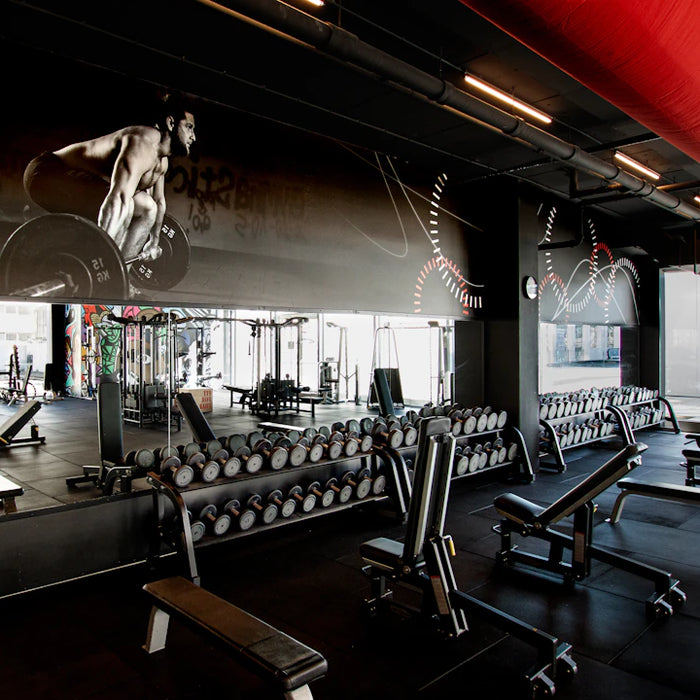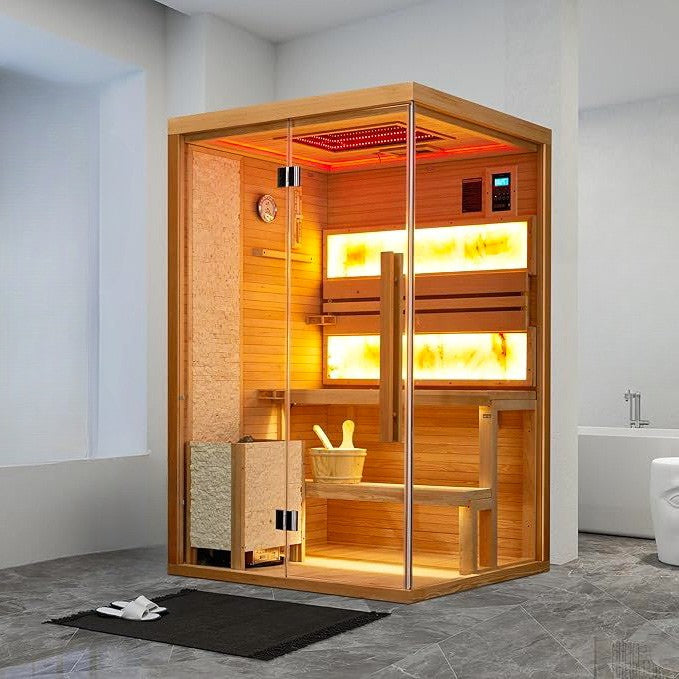When it comes to fitness, most people think of traditional weightlifting or cardio exercises. However, a growing trend in the fitness world is functional training. This innovative approach emphasizes training the body for real-life movements and activities. Today, we’ll explore how to incorporate functional training into your routine, its benefits, and how it can enhance your overall strength and performance using various home gym gear and equipment.
Understanding Functional Training
Functional training focuses on exercises that mimic everyday activities, promoting better coordinated movements. Rather than isolating muscle groups, functional training aims to engage multiple muscles during each exercise, improving overall strength and stability. It’s suitable for all fitness levels and can be particularly effective when utilizing various types of home gym equipment.
The Benefits of Functional Training
Why should you include functional training in your routine? Here are some compelling benefits:
-
Improved Core Strength: Many functional exercises engage the core muscles, enhancing stability and strength.
-
Enhanced Balance and Coordination: By working on movements you perform in daily life, you’ll notice improvements in your balance and coordination.
-
Injury Prevention: Functional training can help strengthen muscles and joints, reducing the risk of injuries.
-
Time Efficiency: Combining strength and cardio elements reduces workout time while providing comprehensive benefits.
-
Adaptable to Any Space: Whether it's a full-blown home gym or a small corner at home, functional workouts can be customized to the available space and equipment.
Essential Home Gym Equipment for Functional Training
To effectively incorporate functional training into your fitness routine, equipping your home gym with the right gear is crucial. Here’s a list of essential home gym equipment that will enhance your workouts:
-
Kettlebells: Perfect for swings, squats, and presses that work multiple muscle groups.
- Versatile for a variety of functional strength exercises.
- Excellent for both stability and strength workouts.
- Added balance and core stability benefits can be gained from various workouts.
- Great for explosive movements and partner exercises.
- Enhance your coordination and strengthen your stabilizing muscles.
Additionally, investing in quality gym flooring is essential to support your functional training routine. It can help prevent injuries while providing a non-slip surface for executing dynamic movements.
Getting Started with Functional Training
Now that you have a better understanding of functional training and the equipment required, let's delve into how to get started. Here’s a basic guide to crafting your functional training sessions:
Creating Your Routine
Start by planning out your functional training routine. Three to four sessions each week focusing on different muscle groups while incorporating various functional movements is ideal. Consider this sample weekly structure:
-
Day 1: Upper Body and Core (Push-ups, Rows with Dumbbells, Plank Variations)
-
Day 2: Lower Body Focus (Squats, Lunges, Kettlebell Swings)
-
Day 3: Total Body Conditioning (Burpees, Thrusters, Medicine Ball Slams)
-
Day 4: Balance and Flexibility (Single-leg Stands, Balance Board Exercises)
Each session should include a warm-up (5-10 minutes), followed by functional exercises (20-30 minutes), and conclude with stretching (5-10 minutes). You can fine-tune the number of sets and repetitions based on your fitness level and goals.
Exercises to Incorporate into Your Routine
Here are some functional training exercises that can be integrated into your home gym workouts:
-
Squats: A fundamental movement for strength, especially in the lower body. You can perform squats using just your body weight or add resistance with dumbbells.
-
Lunges: Excellent for strengthening leg muscles, improve stability and mobility.
-
Push-ups: Core and upper body are challenged with this classic bodyweight exercise.
-
Kettlebell Swings: A dynamic movement that targets your back, glutes, and core, combining both cardio and strength.
-
Planks: Build core strength while working on your shoulders and back.
- A full-body exercise that improves flexibility, endurance, and strength.
Boost Your Home Gym Experience
Creating a functional training-friendly home gym doesn't stop at equipment. You want to ensure your space is motivating and conducive to working out. Here are a few tips to enhance your home gym experience:
-
Set the Right Atmosphere: Good lighting and ventilation can make your workouts more enjoyable. Consider adding motivational quotes to your wall or a sound system for upbeat music.
-
Organize Your Equipment: Keep your gym equipment neatly organized and easily accessible. This will save you time and ensure you stay focused.
-
Invest in Quality Gear: Quality equipment tends to last longer and can enhance your workout experience. Make sure to explore a local fitness equipment shop to find reliable options.
-
Scheduling Time for Your Home Workouts: Consistency is key in any fitness regime. Set specific times for your workouts in your routine, and treat them as important appointments.
Finding Your Local Fitness Equipment Resources
As you build your home fitness gym, you may wonder where to find quality gear at reasonable prices. Searching for a fitness equipment shop near me or an exercise equipment shop near me can yield great results. Visiting these shops allows you to get a feel for workout machines and home gym exercise equipment before purchasing. Additionally, many stores provide guidance on the best options for your functional training needs.
Outdoor Gym Options
If you're looking to mix things up, consider outdoor functional training. Many parks offer outdoor gym setups, allowing you to engage in exercises like TRX, calisthenics, or circuit workouts using body weight. Not only is this a great way to enjoy nature, but it also broadens your fitness experience beyond your home gym. Be sure to bring some of your favorite home gym gear along to maintain familiar equipment challenges.
Monitoring Your Progress
As you embark on your functional training journey, tracking your progress is essential. It helps keep you motivated and highlights areas for improvement. Here are some tips:
-
Create a Workout Journal: Document your exercises, sets, reps, and notes on how you felt during each workout.
-
Use Fitness Apps: Many apps allow you to log workouts and track your progress over time.
-
Set Goals: Whether it's improving your form or increasing weights, setting specific, measurable goals can help you stay focused.
Push Your Limits: The Future of Functional Training
Incorporating functional training into your routine can elevate your fitness level tremendously. This training method emphasizes the movements and strength needed for everyday life, all while using versatile home gym workout equipment. The flexible nature of functional training allows you to adapt your routine based on your available equipment and space, making it easier than ever to stay active at home. By continuously challenging yourself with various exercises and monitoring your progress, you will build a solid foundation of strength, improve your balance, and become confident in your everyday movements.
So, gear up your home with the right home gym fitness equipment, stay committed, and watch as functional training transforms not only your body but your entire approach to fitness!
























